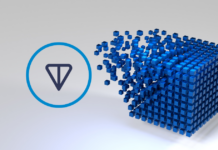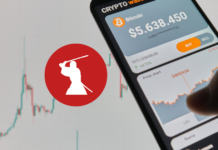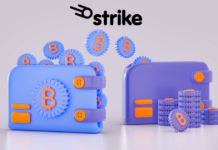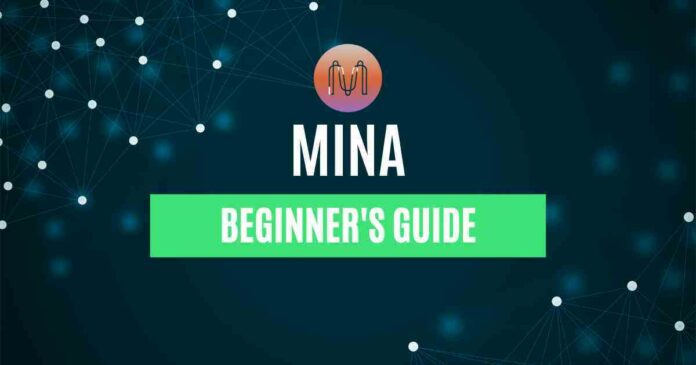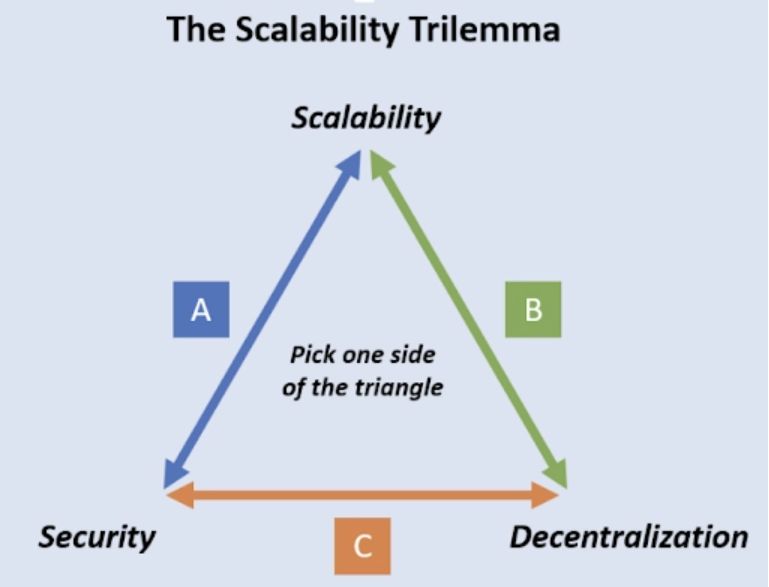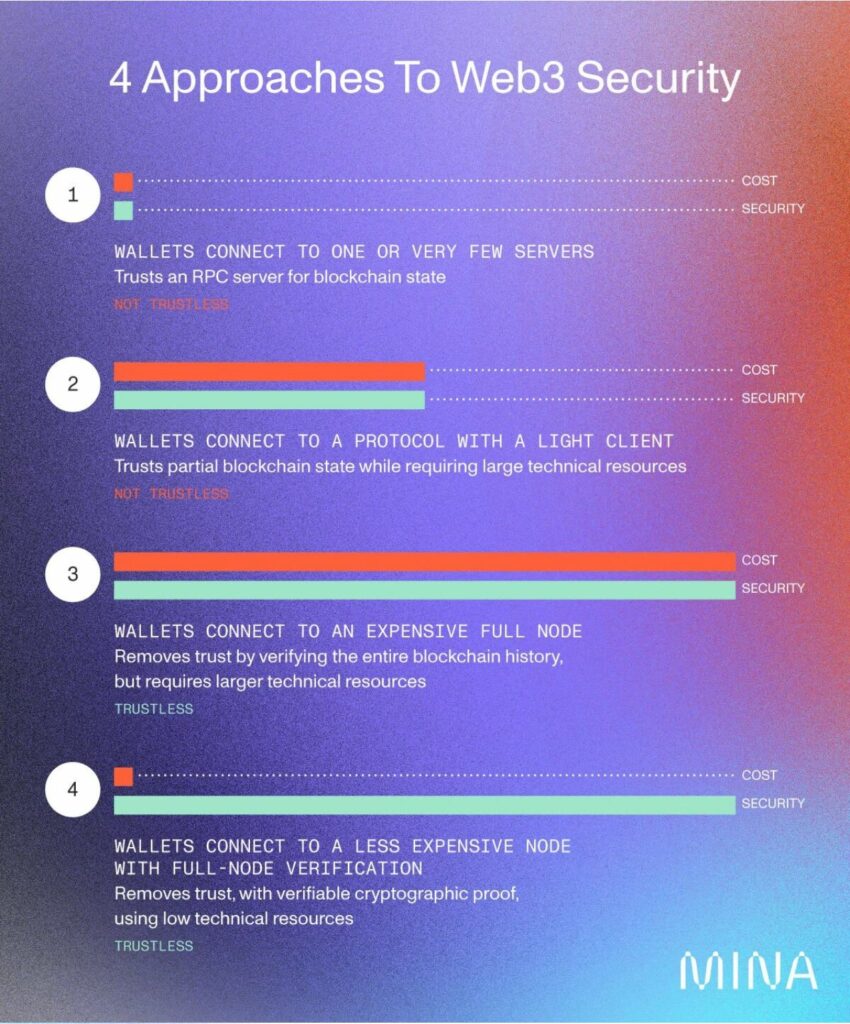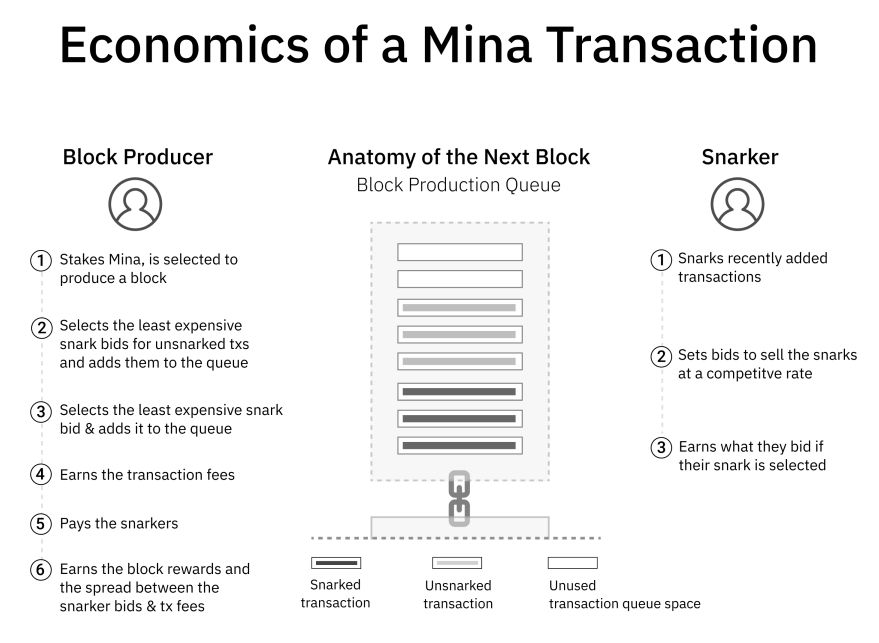Size doesn’t matter! How many times have you heard that? Well, sometimes it does. In this case, smaller is better. Mina Protocol has a fixed size of 22 KB. This in contrast to an average chain, which is around 300 GB and keeps growing.
So, let’s take a closer look at what Mina Protocol is about.
What are zero knowledge smart contracts and how can they protect user privacy? 🔐
Find out in the third installment of our "ZK Tech You Should Know" video series → https://t.co/aRj0sKTTbv pic.twitter.com/i4lUEUh02T
— Mina Protocol 🪶 (@MinaProtocol) January 28, 2023
What Is Mina Protocol?
Mina Protocol is the lightweight champion of all blockchains. It has a fixed size of 22 KB. However, most other blockchains are around 300 GB. For example, Ethereum is currently a whooping 500 GB. If you want to mine or stake with these chains, you need to download the whole chain. You will need some serious hardware to do this. And this hardware doesn’t come cheap.
On the other hand, you can download Mina on your mobile phone. At the same time, this also allows you to run a node and be a validator. Remember how, with Ethereum, you need 32 ETH before you can become a validator? So, that’s a serious investment on top of all the required hardware.
All blockchains like to solve the blockchain trilemma. However, in general, they manage only two out of three options. The three options are decentralization, security, and scalability. For instance, Bitcoin offers decentralization and security. However, it’s not scalable. Mina also managed security and decentralization. On top of that, they also claim to be scalable. They manage this with ZK (or zero knowledge) technology. More on ZK solutions later. Below is a picture of the blockchain trilemma.
Source: Mina blog
Mina’s Infrastructure
In Web2, we see that users lost their privacy and security. At Altcoin Buzz, we mentioned already several times that privacy will be big in 2023. To clarify, Web3 will be giving a helping hand with that. Many protocols tackle the privacy issue, and Mina is one of them. They all use different approaches and technology. For example, Lukso and Aleph Zero are also active in this field.
Mina Protocol’s infrastructure removes the need for intermediaries. If you connect your wallet to a Web3 protocol, your wallet uses an intermediary. For instance, an RPC (or remote procedural call). These allow different systems to talk to each other. For example, your crypto wallet with an NFT market. These intermediaries require trust. Mina eliminates these intermediaries and the trust issue.
With ZK technology, Mina has found a way to verify information. In short, you can verify something without revealing the information or showing details. Furthermore, Mina also offers privacy, like a private chain. But at the same time, it also offers interoperability, just like a public chain. The picture below shows various ways of Web3 security.
Source: Mina blog
Mina’s Consensus Mechanism
Mina Protocol uses a similar consensus mechanism as Cardano does. This is the Ouroboros consensus mechanism. So, of course, it uses a proof-of-stake mechanism. However, Mina uses a slightly different mechanism – the Ouroboros Samasika mechanism. This means concise in Sanskrit.
Each user of Mina can also be a node operator and validator. Remember how you only need to download one full node with Mina? Well, you can have two roles. See the picture below.
Source: Mina whitepaper
- The block producers. They select which transactions they add to a new block. In return, they receive a reward.
- Snarkers. They deliver computational power and proof of each transaction. The block producers can bid on these proofs with MINA. There’s a marketplace for this called the Snarketplace.
You can also watch the following video. It explains the Mina consensus mechanism.
Mina’s zkApps
The zkApps on Mina are smart contracts. They offer privacy and off-chain computation, and more. So, let’s have a closer look at this.
- Privacy — As already explained, ZK technology can prove something without revealing context. In other words, you can use your personal data as proof. However, you don’t need to share it.
- Off-chain computation — Most blockchains’ gas fees depend on supply and demand. So, they fluctuate. On the other hand, zkApps have a flat fee.
- Connect Web2 to Web3 — Mina uses zkOracles to connect real-world data to its blockchain. However, other blockchains struggle with this.
- Interoperability — Mina uses zkBridge technology to connect to any other chain.
Mina uses zk-SNARKS for this. This stands for zero knowledge, Succinct Non-interactive Arguments of Knowledge. This way, to complete a transaction, they only share the smallest bit of knowledge. The video below explains zk-SNARKS and ZK proof in an easy-to-understand way.
How to Run a Node in Mina’s Blockchain
Running a node on Mina is easy. There are a few simple tasks to follow, and you’re all set. There are also a few technical requirements. For example:
Software: You need macOS, Linux (currently supports Debian 9 and Ubuntu 18.04 LTS), or any host with Docker. Windows is currently not officially supported.
To run a node, you don’t need any specific hardware. However, you do need at least an 8-core processor and at least 16 GB of RAM.
- Install Mina — This package is around 100 MB.
- Connect to your network — You need to configure your network. You can use seed nodes that the network provides to you.
- Send a transaction — Create an account and get MINA from the faucet. Send funds to MINA’s echo service. You’re done and all set to go.
Check the MINA docs for detailed information.
Conclusion
This article should bring you up to speed about the Mina Protocol. We covered various aspects of the protocol. For example, how to run a node and what their zkApps are.
The current MINA price is $0.793032. This token has a market cap of $660 million. It has an infinite supply of tokens. From the current total supply of 1 billion tokens, 832.8 million circulate. You can buy MINA at all major exchanges.
⬆️ For more cryptocurrency news, check out the Altcoin Buzz YouTube channel.
⬆️ Our popular Altcoin Buzz Access group generates tons of alpha for our subscribers. And for a limited time, it’s Free. Click the link and join the conversation today.



